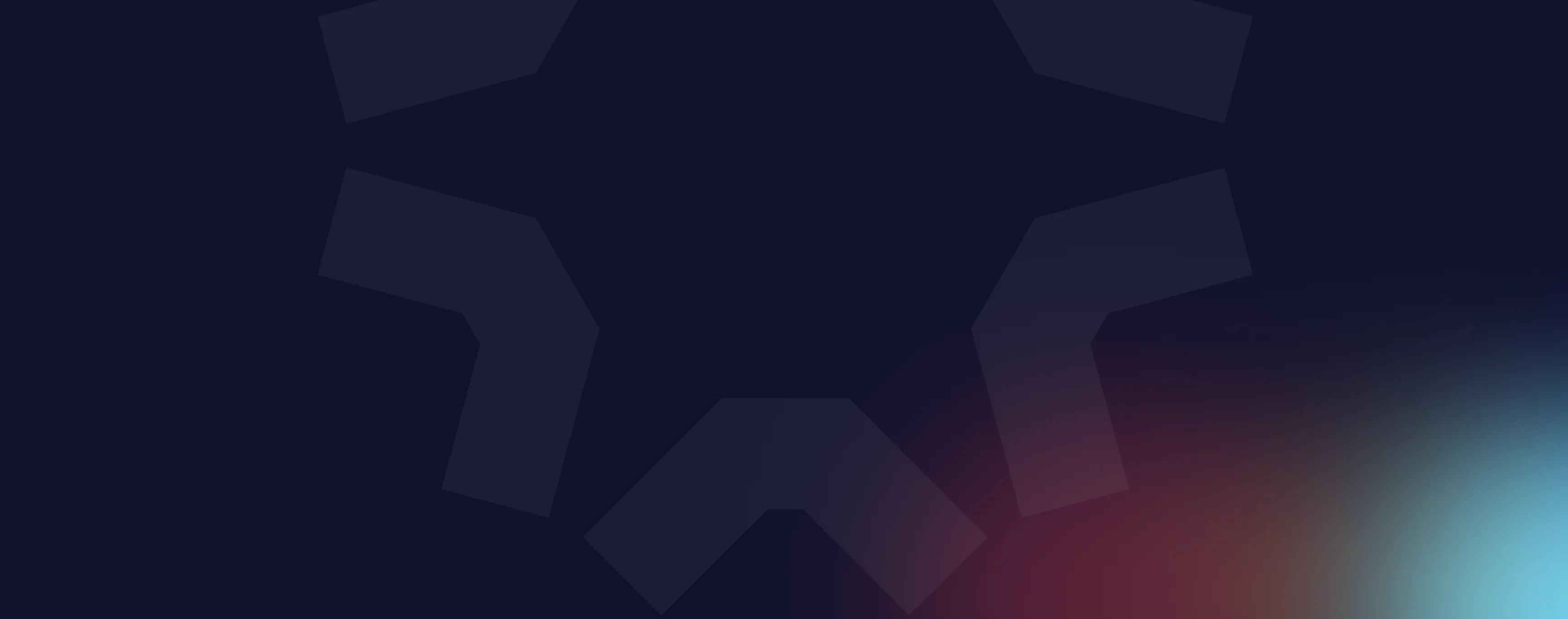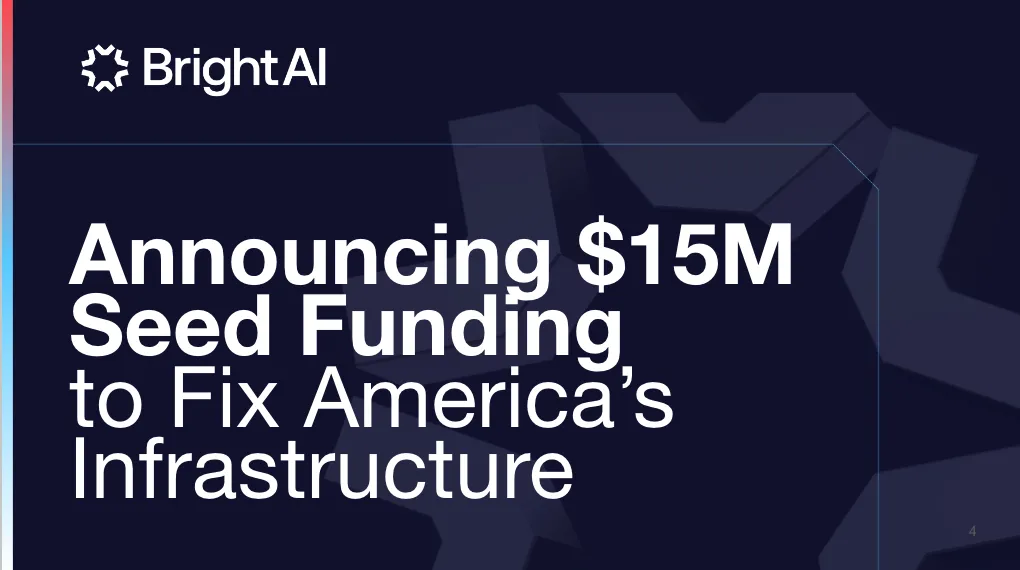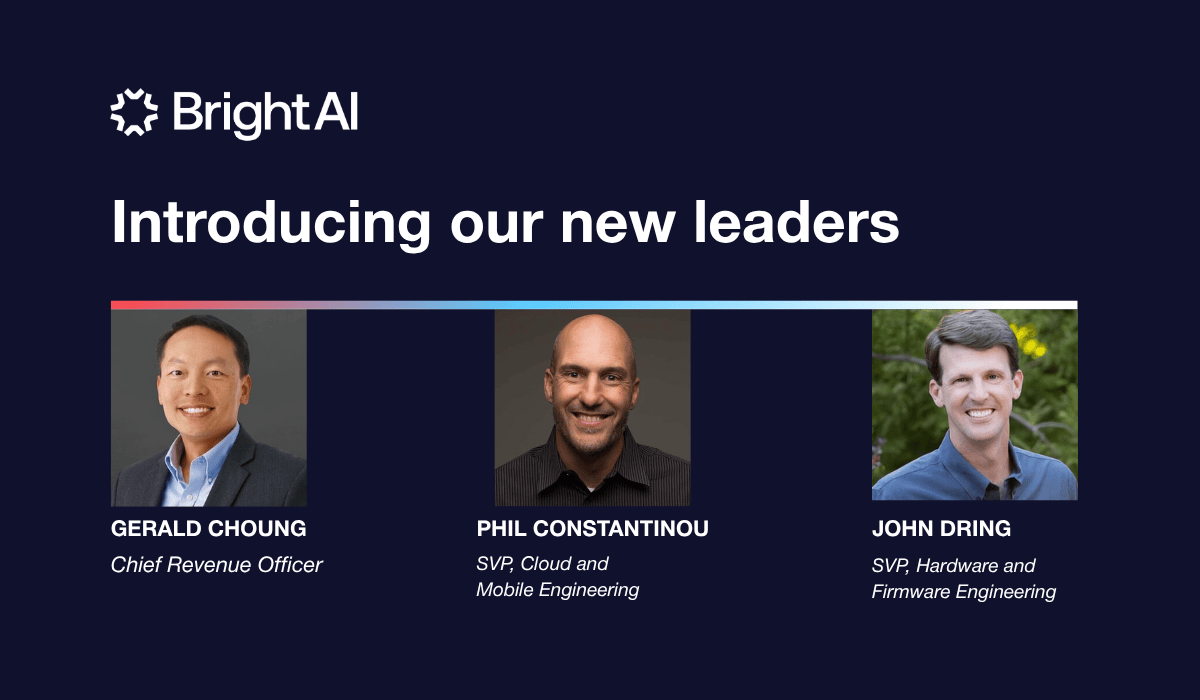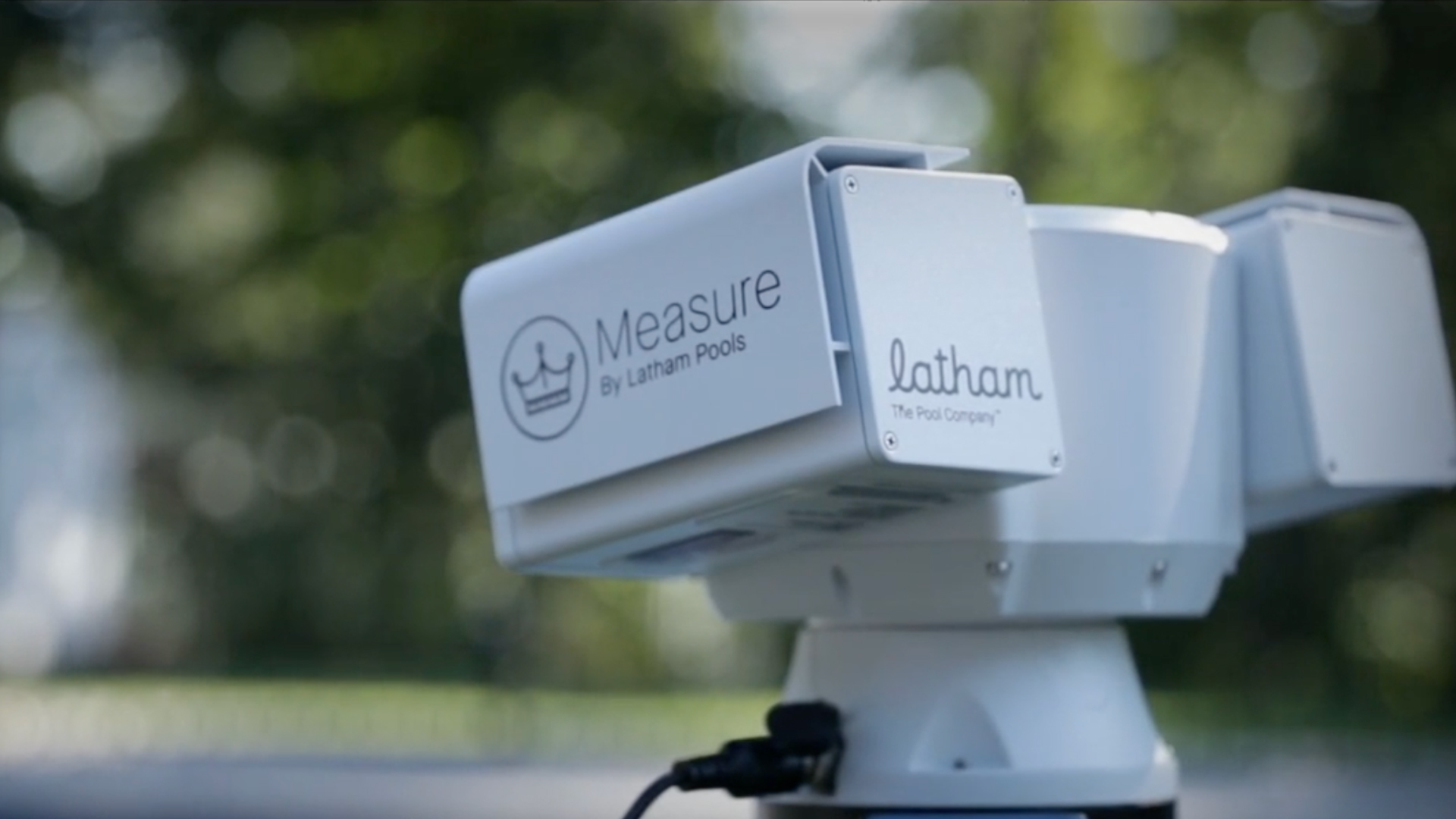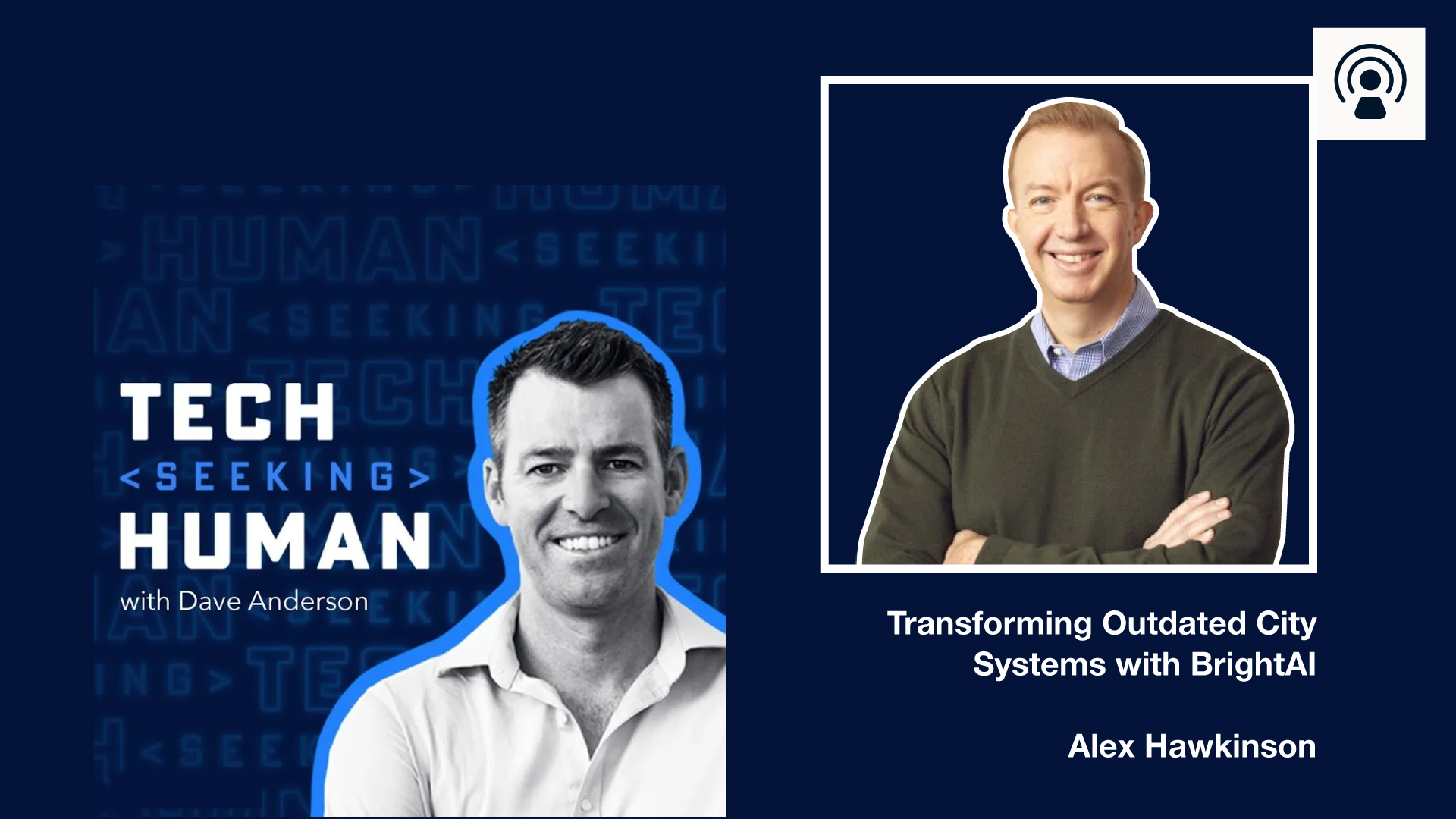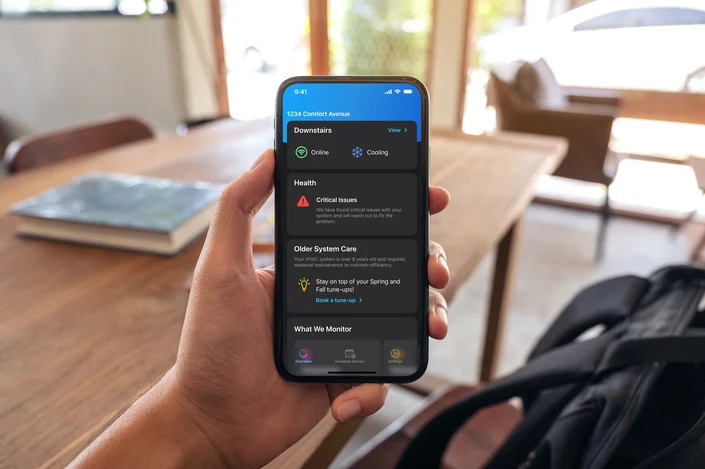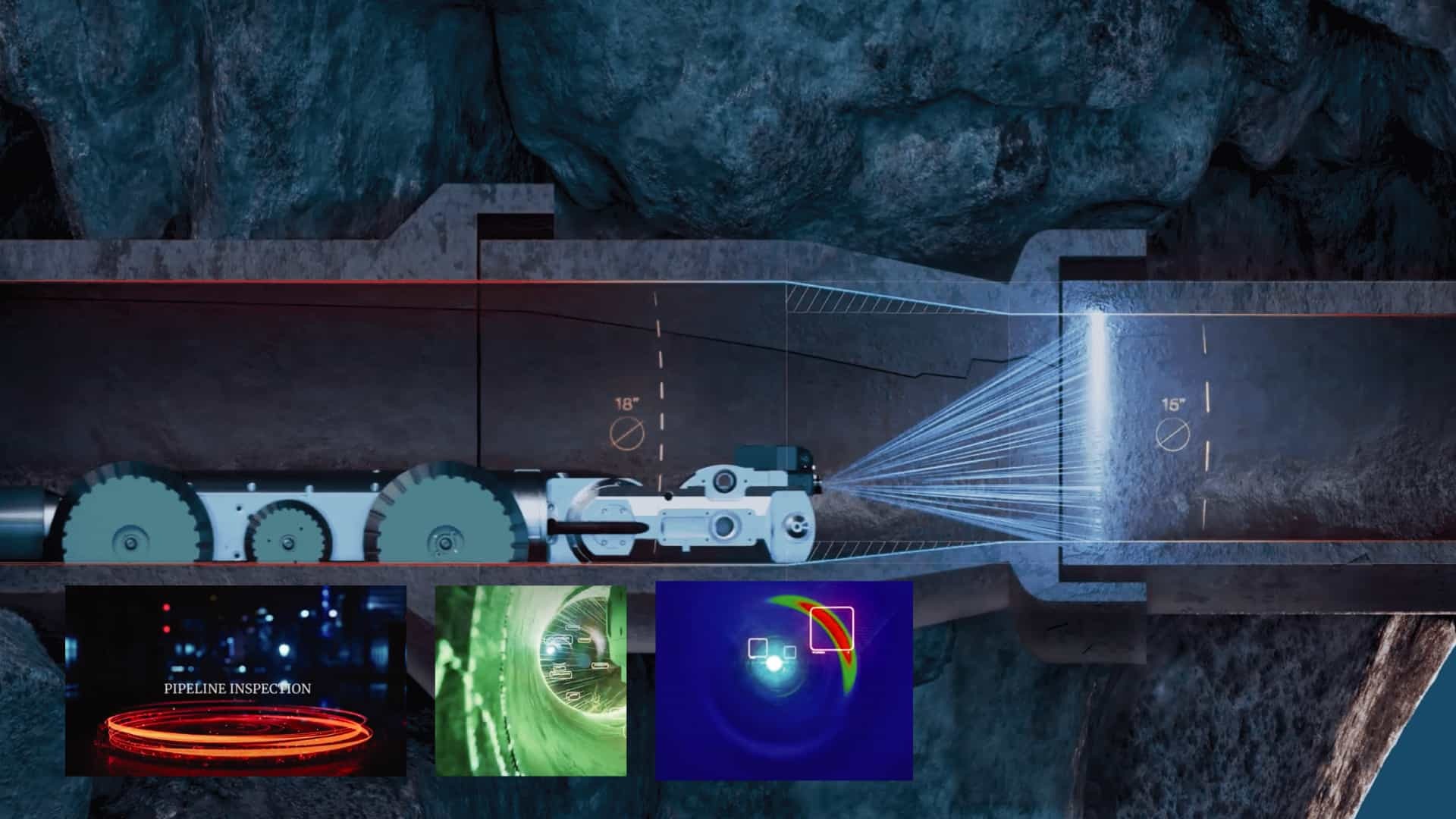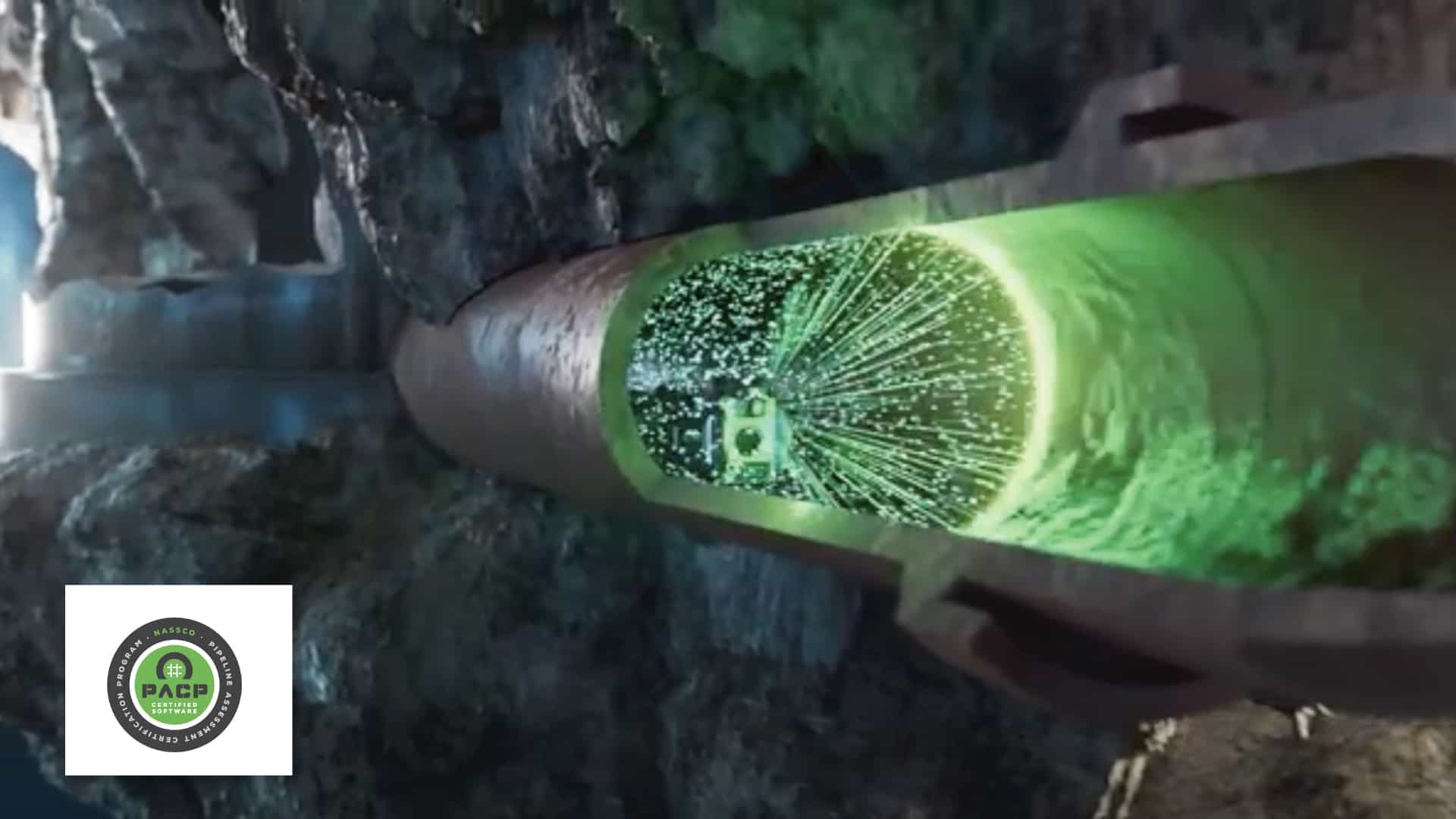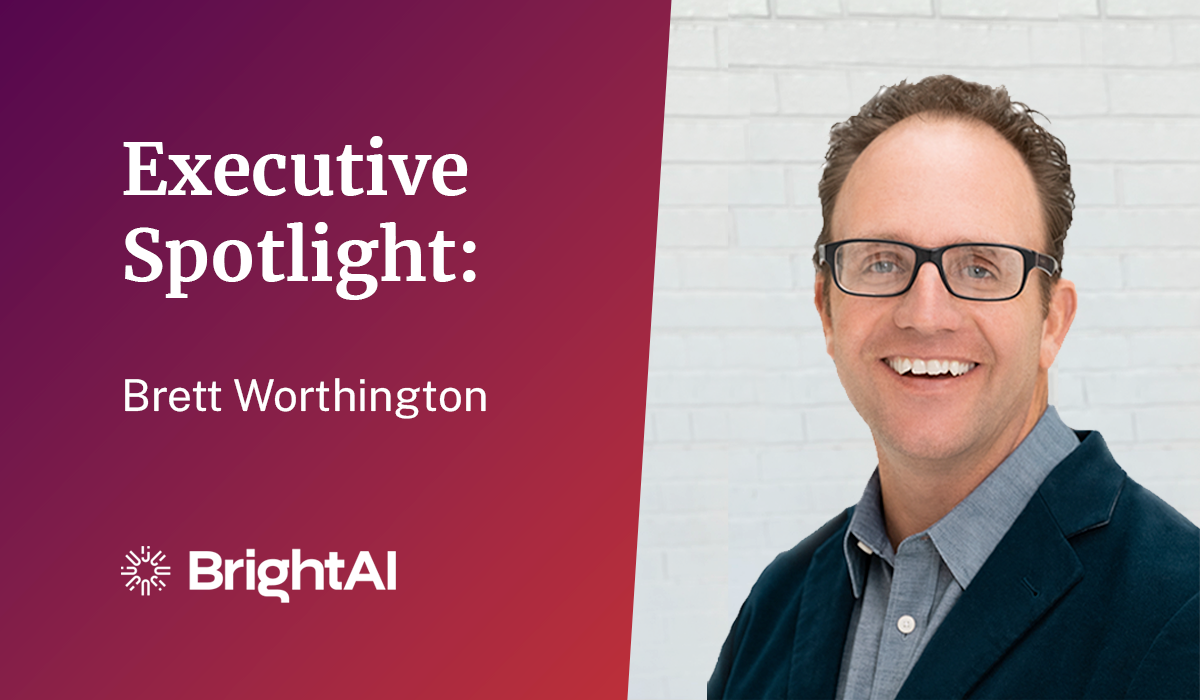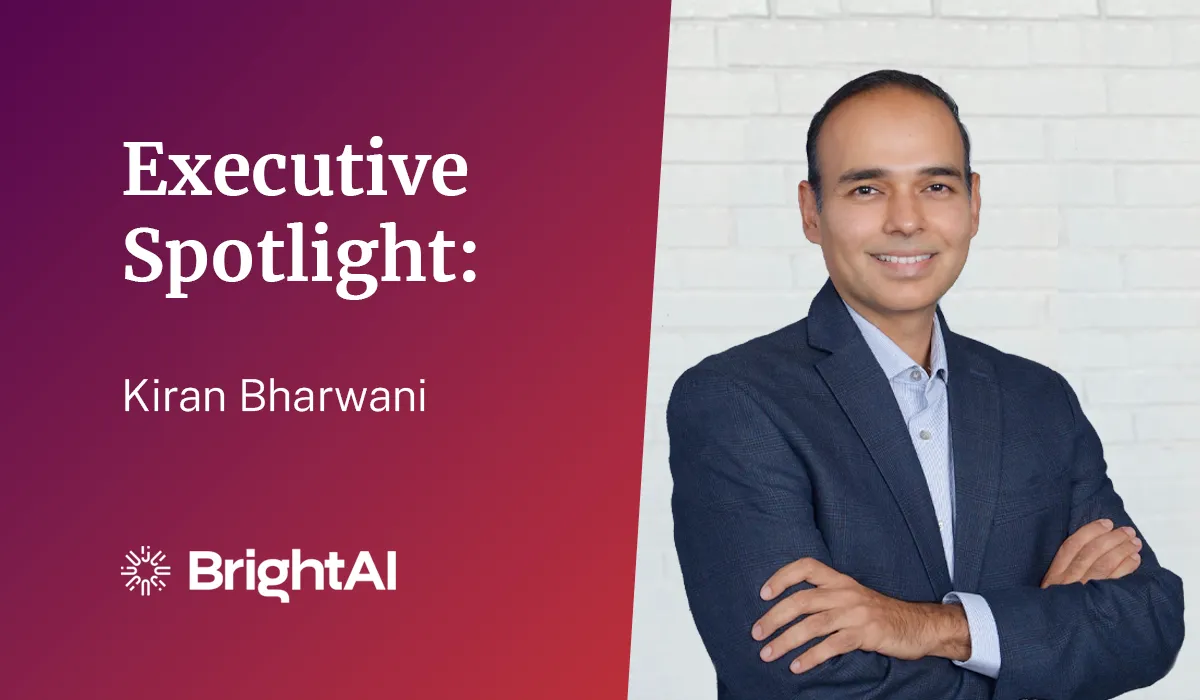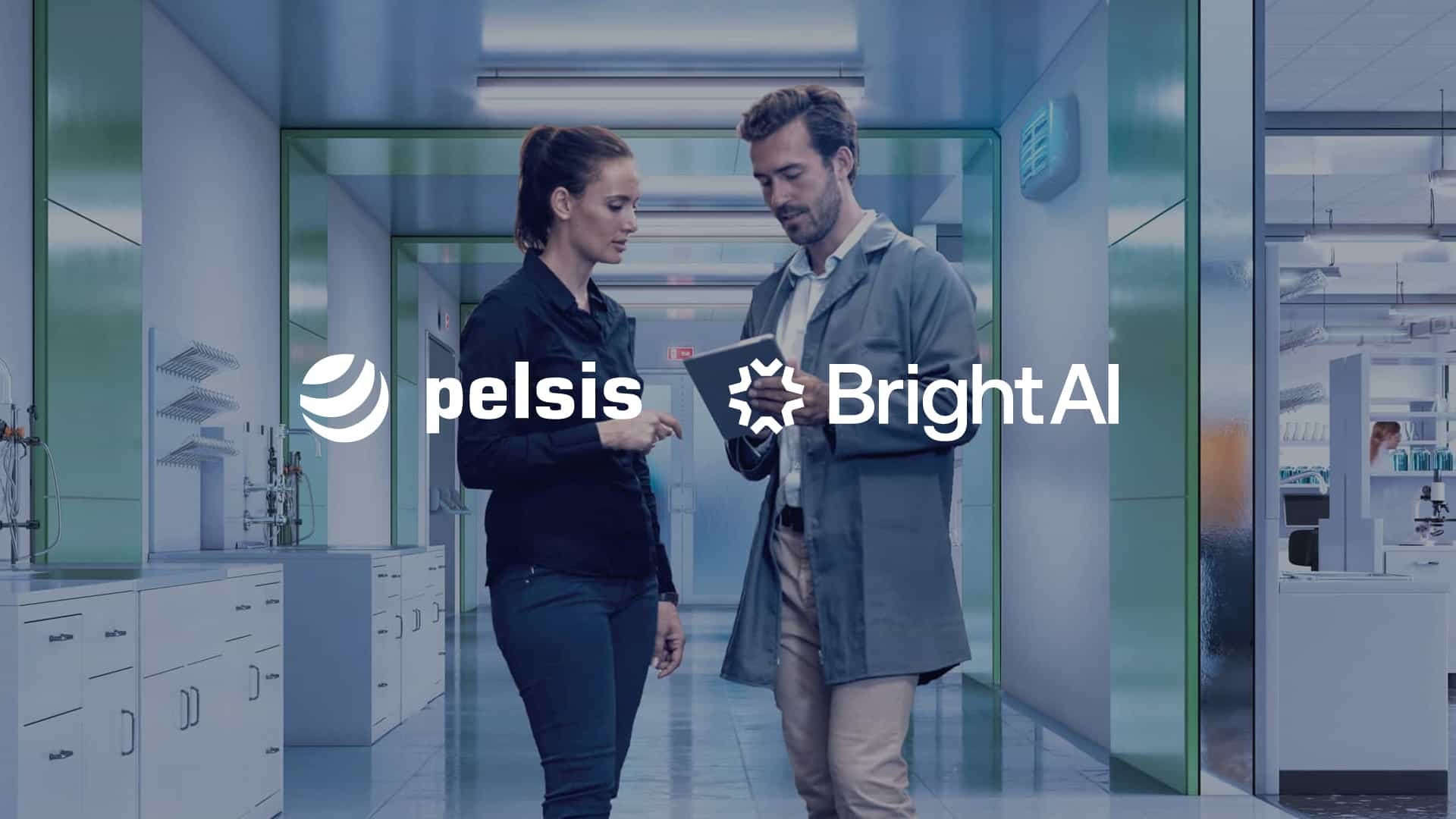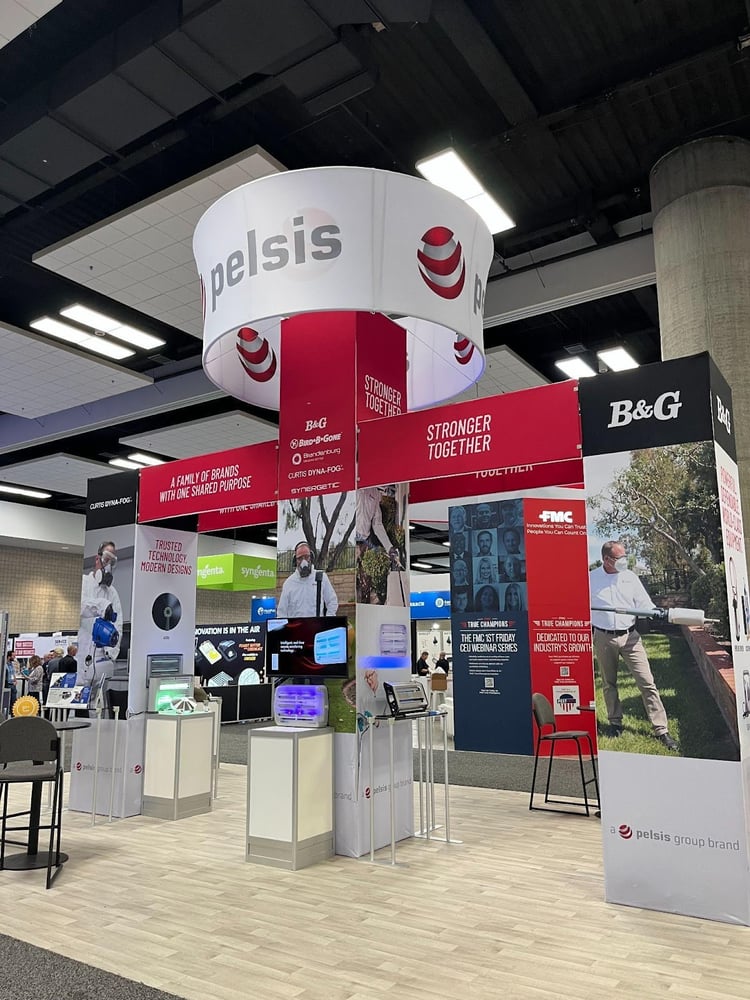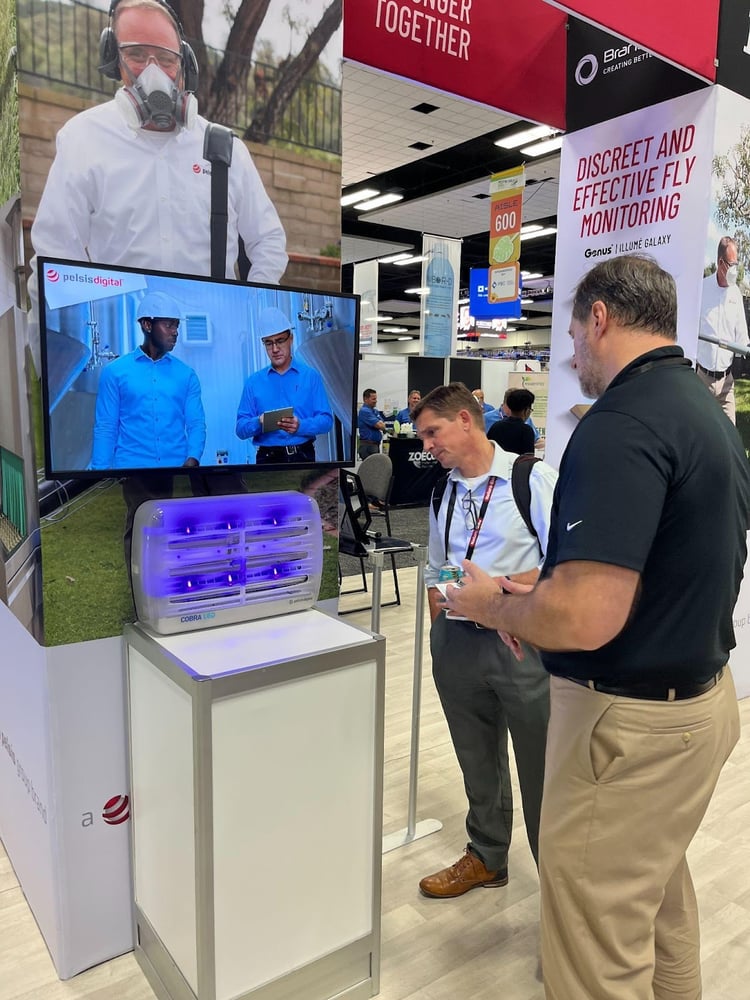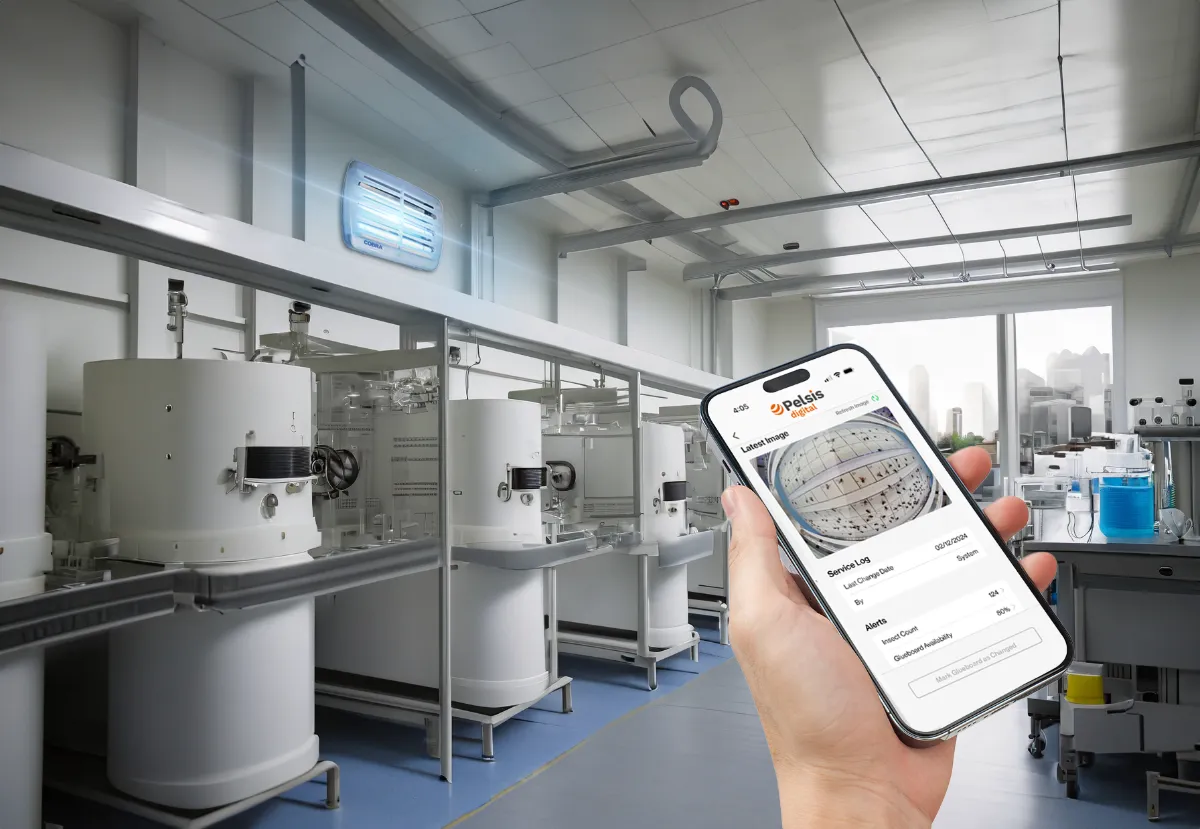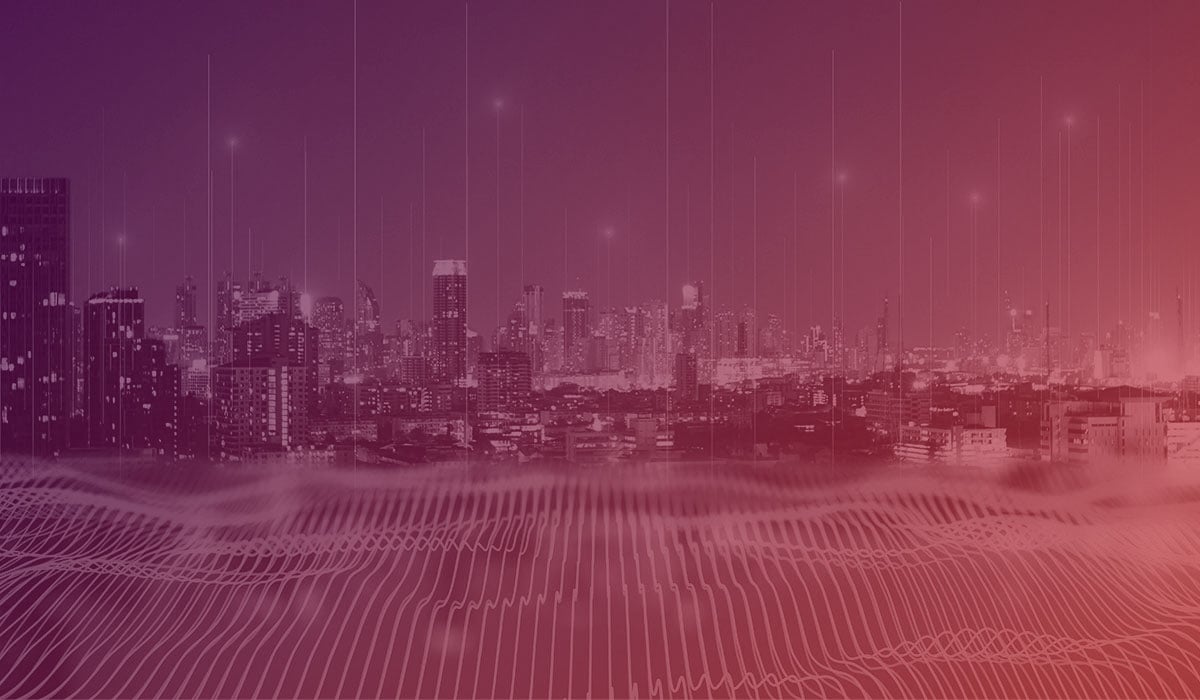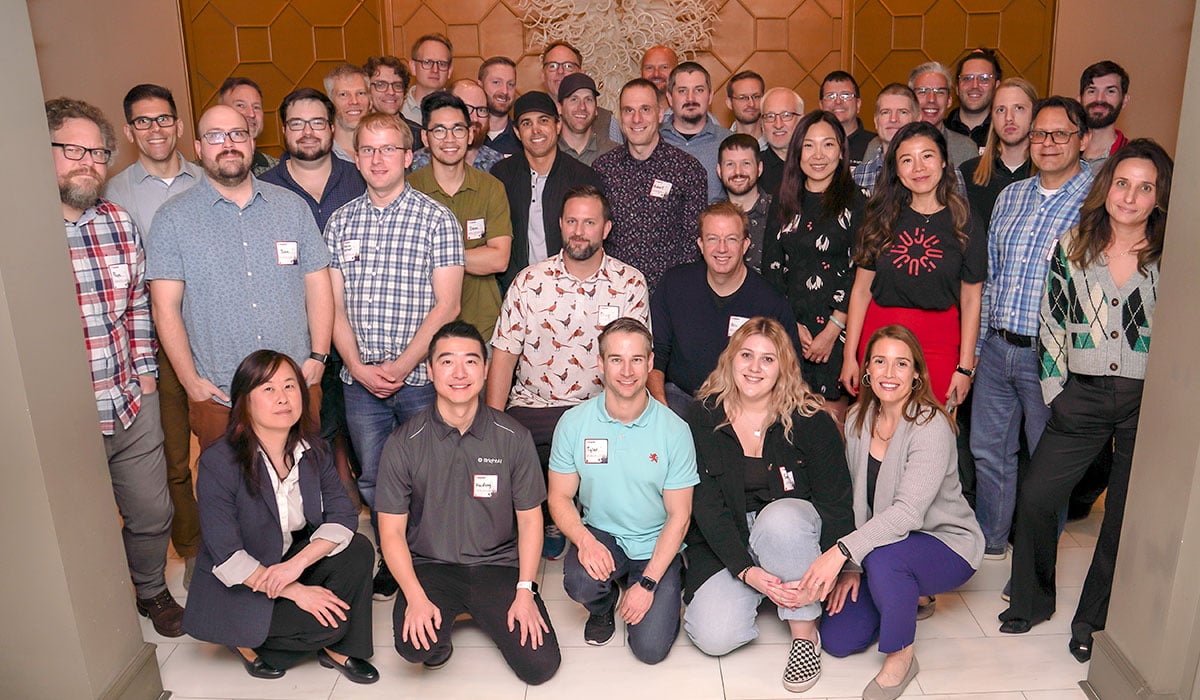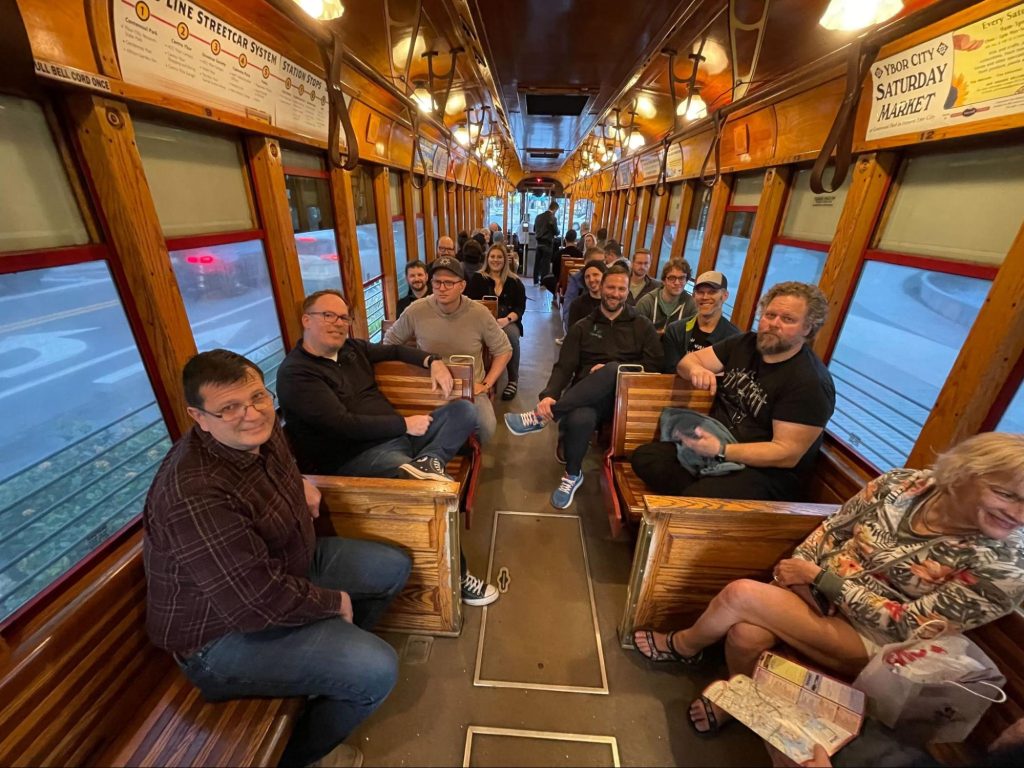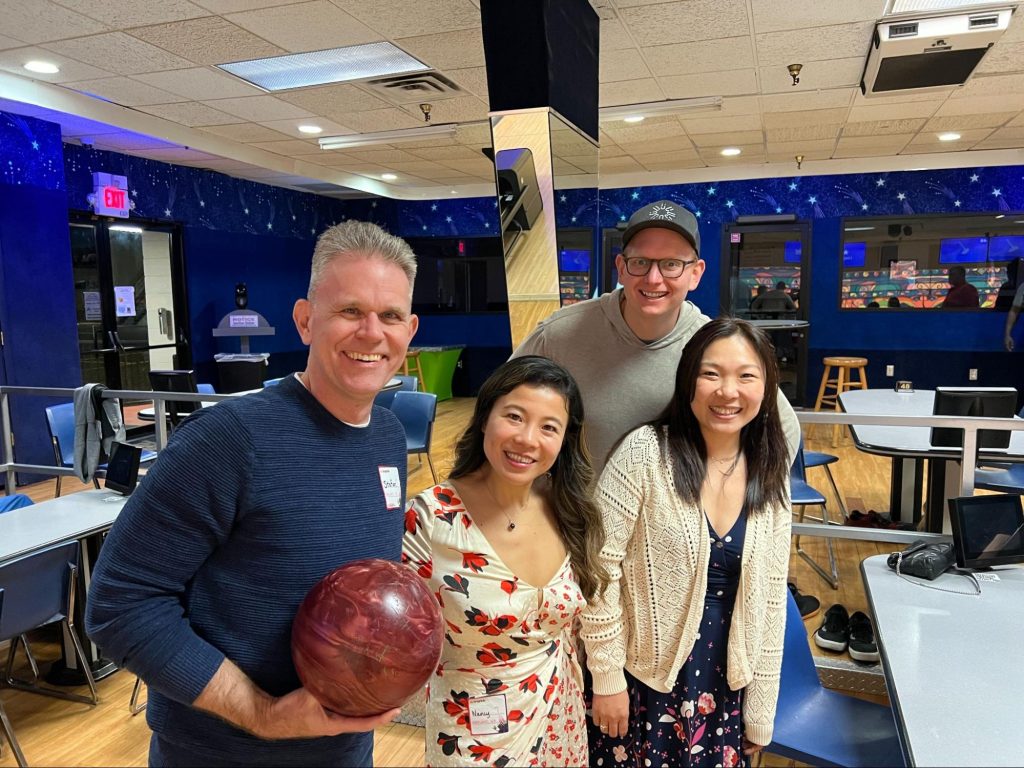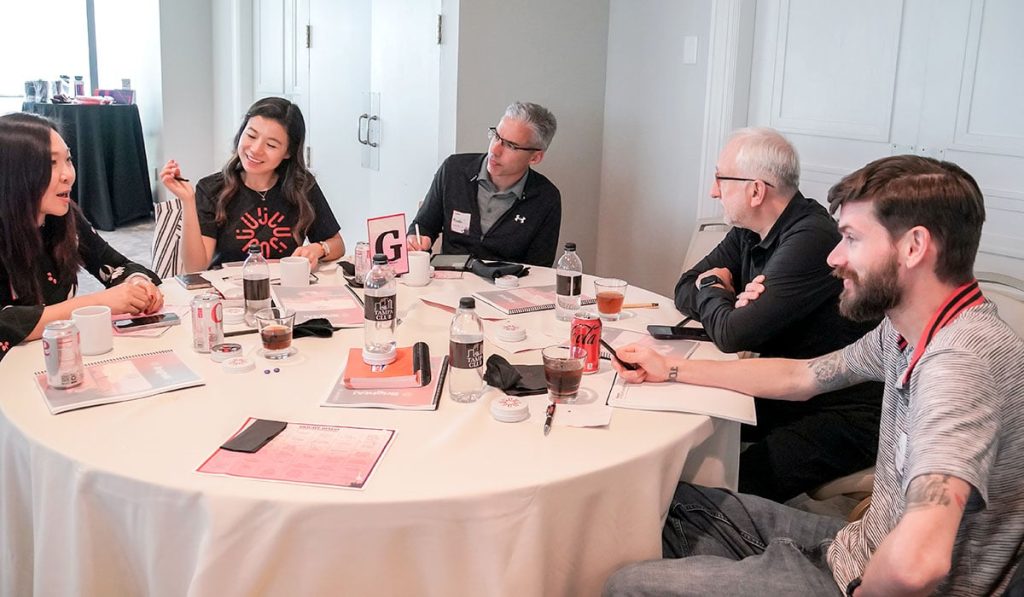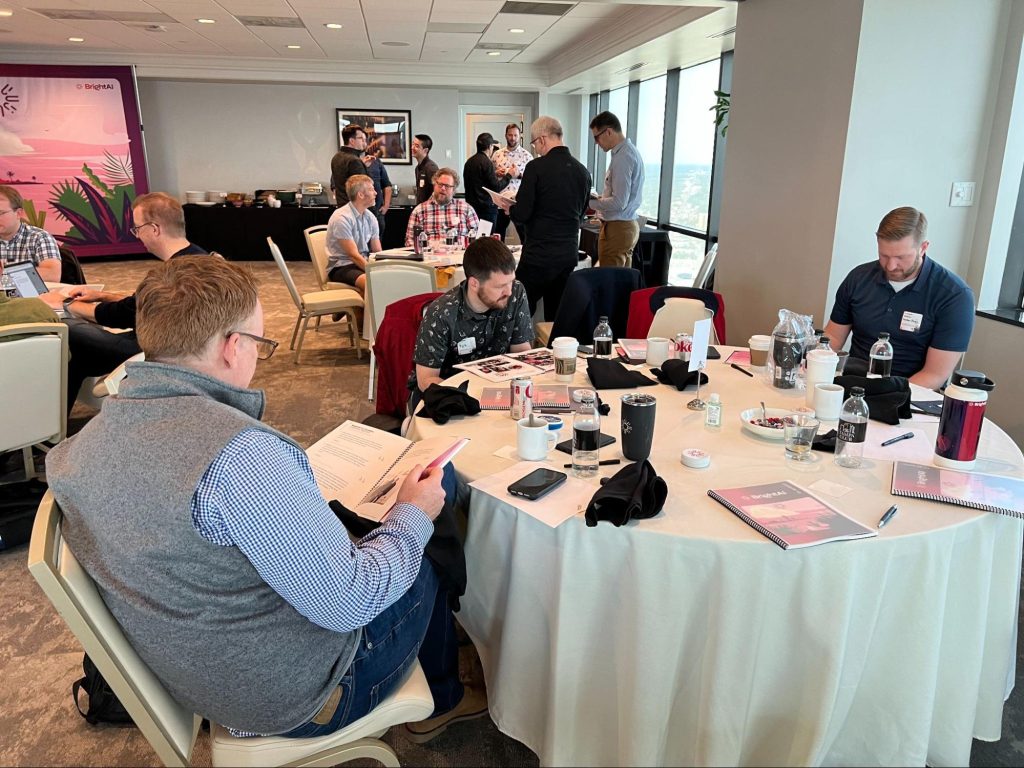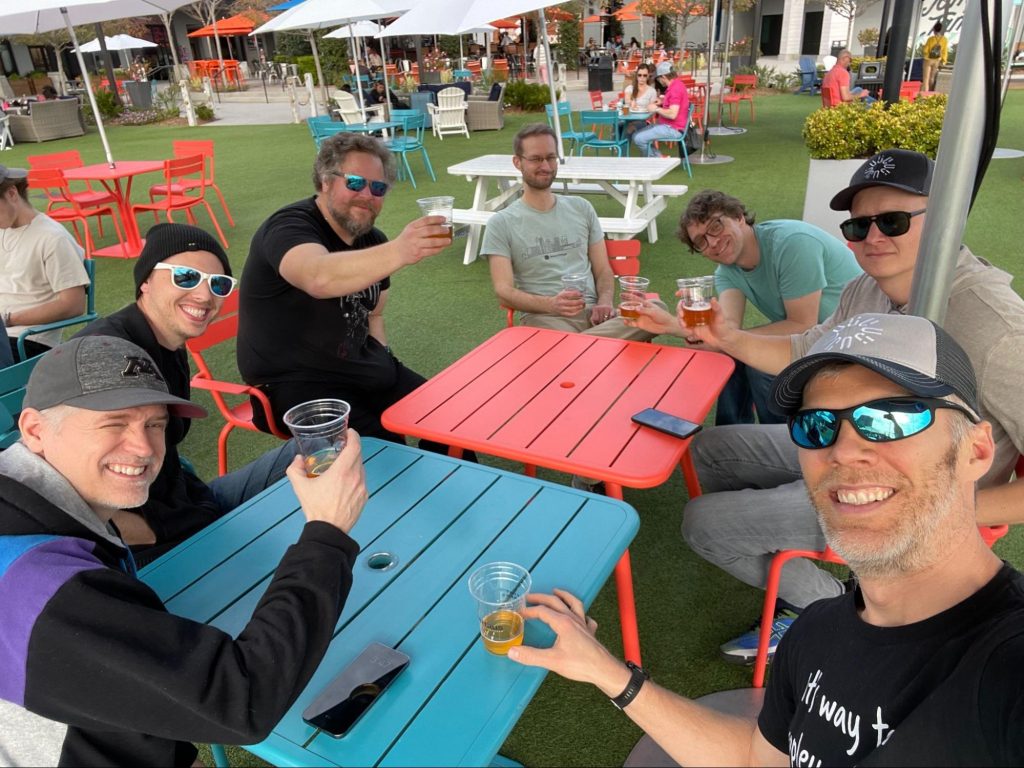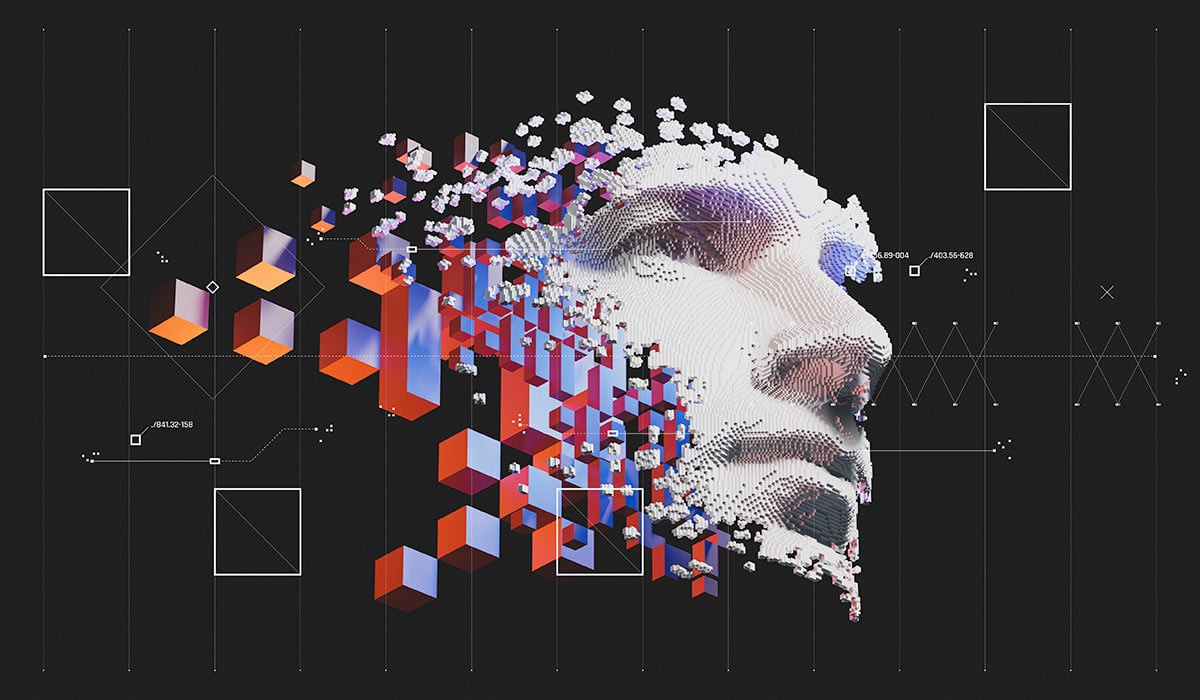BrightAI has raised a $15M Series Seed round to scale its Physical AI platform — a breakthrough in AI-powered infrastructure that helps operators shift from reactive fixes to proactive, autonomous operations. By embedding intelligence into the physical world, BrightAI’s technology is transforming how critical infrastructure is inspected, maintained, and optimized.
A Mission to Modernize Infrastructure
Our mission is to modernize infrastructure management by using multimodal AI to anticipate and prevent failures before they happen. With $15 million in new funding led by Upfront Ventures, we’re unveiling the potential of our Stateful platform — read more on Upfront’s investment in BrightAI.
Today, 50% to 80% of infrastructure operating costs are tied to labor and truck rolls just to assess conditions. Without a clear picture of asset health, operators are often left scrambling to respond to power outages, water main breaks, bridge collapses, gas leaks, and even food contamination. These events can be avoided with access to real-time insights.
That data already exists — and now, Stateful puts it directly in the hands of field teams. Our platform turns fragmented infrastructure data into actionable intelligence that supports faster, smarter decisions.
Meet Stateful: BrightAI’s Physical AI Platform
Purpose-built for industries like water, energy, pest control, and manufacturing, our platform is already at work in the field. We’ve deployed over 250,000 active AI endpoints and 25,000 AI-powered locations — more than Starbucks stores in the U.S. BrightAI reached $80 million in revenue while operating in stealth mode and without raising outside capital. Until now.
Stateful captures exclusive, real-time data that no other system can access. This data powers multimodal AI models that detect issues before they escalate. As a result, teams can make confident dispatch decisions and prevent unnecessary delays. With BrightAI, workers show up equipped with insights equivalent to 30 years of experience on day one. That means fewer failures, lower costs, and stronger infrastructure resilience.

What the BrightAI Physical AI Platform Delivers
The BrightAI Physical AI platform, known as Stateful, includes three core offerings:
1️⃣ Asset & Site Visibility
Imagine having 24/7 monitoring, diagnostics, and automated dispatch at your fingertips. Stateful provides continuous visibility into infrastructure conditions, empowering teams with real-time insights to anticipate and resolve issues before they escalate.
2️⃣ Workforce Wearables & Copilots
With our AI-powered wearable solution, field workers receive real-time guidance and reporting. They’re also supported by a comprehensive knowledge graph. These tools help crews make faster decisions and stay fully informed in the field.
3️⃣ Autonomous Inspection
Using autonomous robotics and drone systems, Stateful automates complex, repetitive, and risky tasks. It increases inspection accuracy and frequency while reducing operational risk.
A New Era of Resilient Infrastructure
For leaders of critical infrastructure, these capabilities unlock the ability to:
- Move from reactive to proactive management
- Empower field teams with data-driven tools
- Scale inspections with greater safety and lower costs
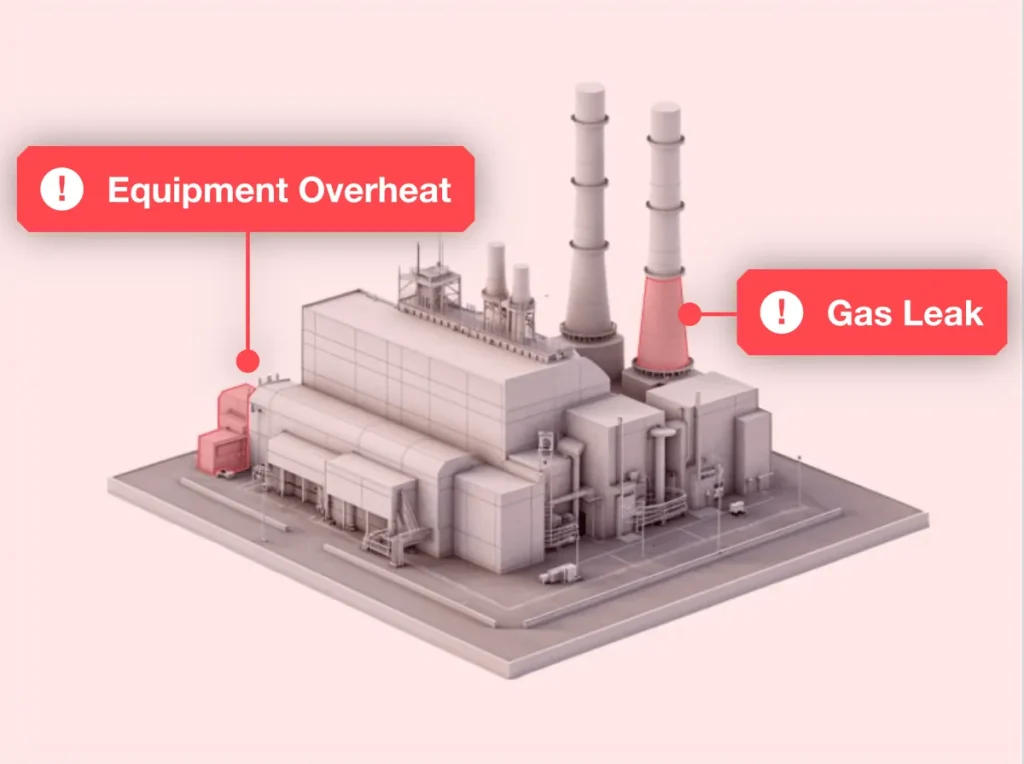

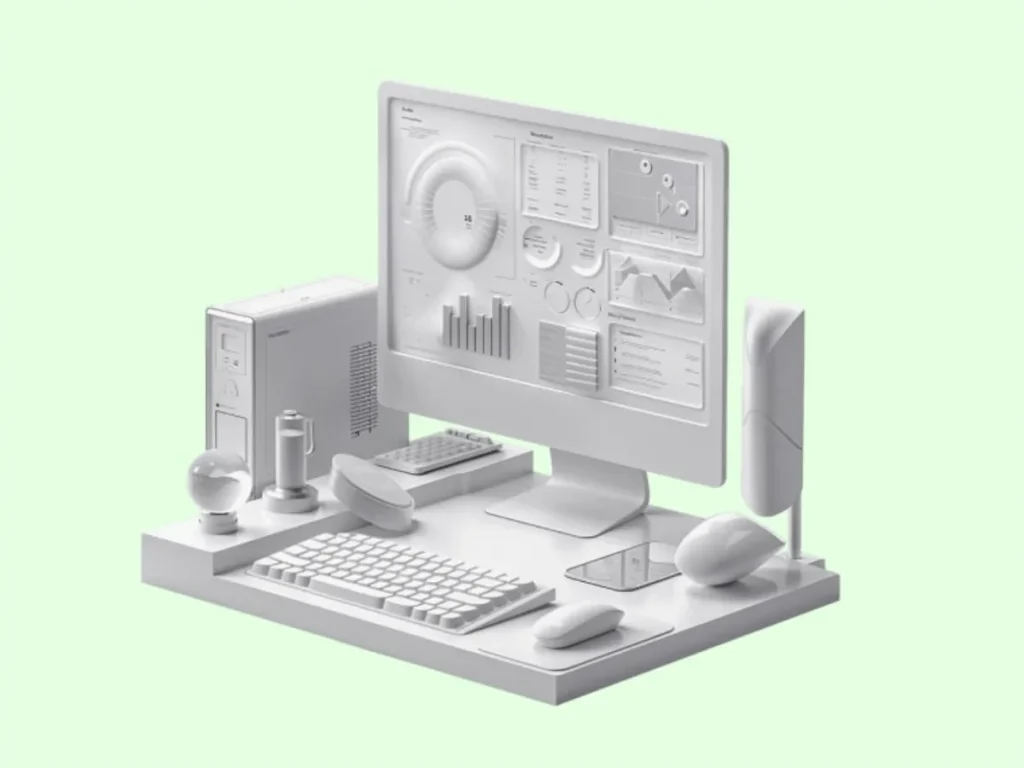
Already deployed across water, power, energy, transportation, pest control, HVAC, and critical home services, BrightAI is transforming how major industries manage and maintain infrastructure. Today, large, traditional businesses can evolve into data-driven operating systems of their own. They now have access to tools that were once reserved for billion-dollar tech companies.
Our technology is leading this shift. It replaces outdated, reactive methods with proactive, AI-powered precision. With this $15M seed round, we’re scaling the BrightAI Physical AI platform to serve new industries, expand into more regions, and support businesses of all sizes.
Together with our partners and investors, we’re building a future where resilient, efficient infrastructure is within reach for everyone.
